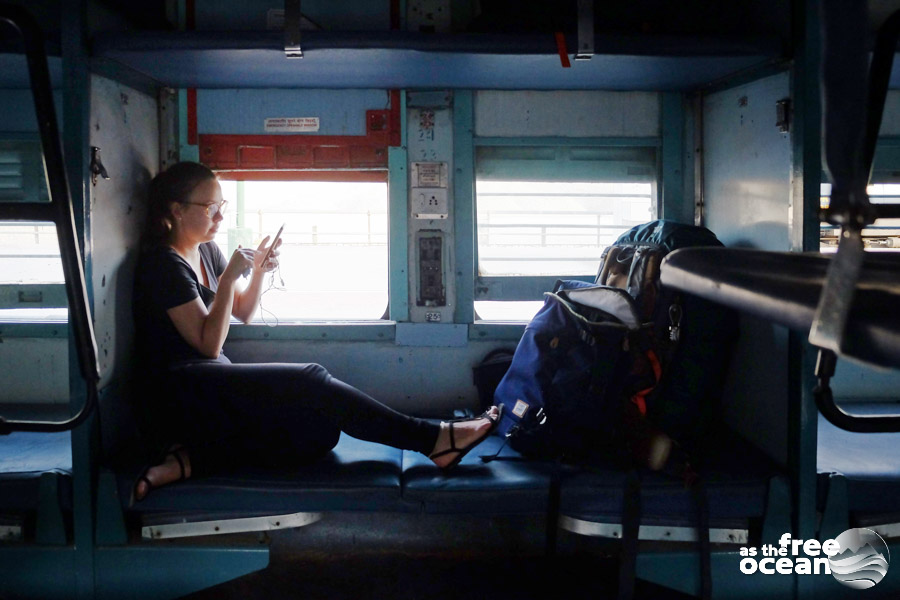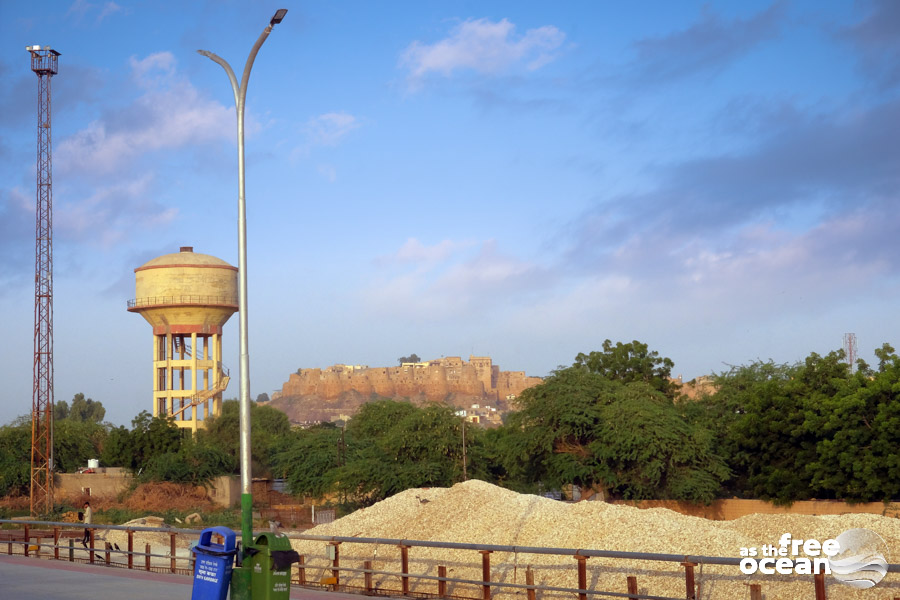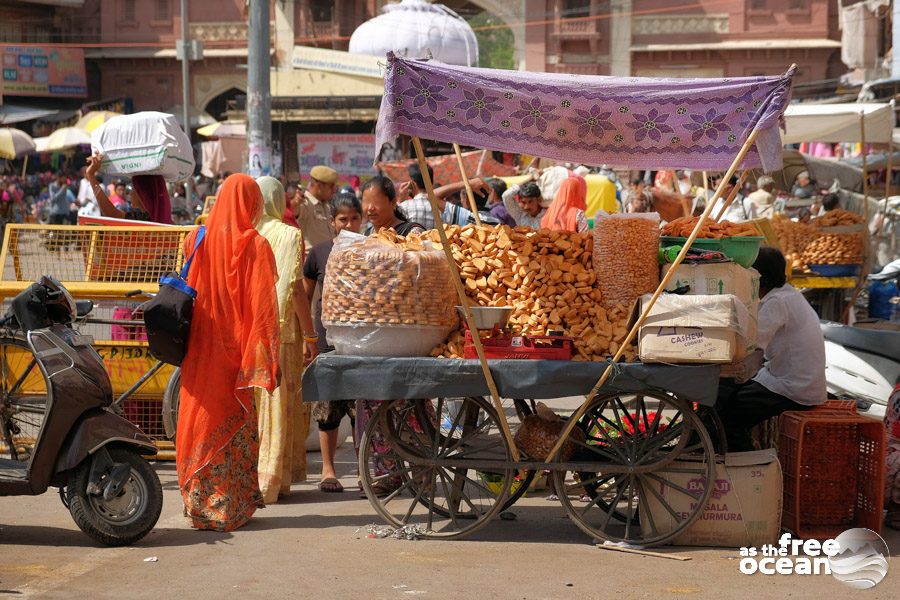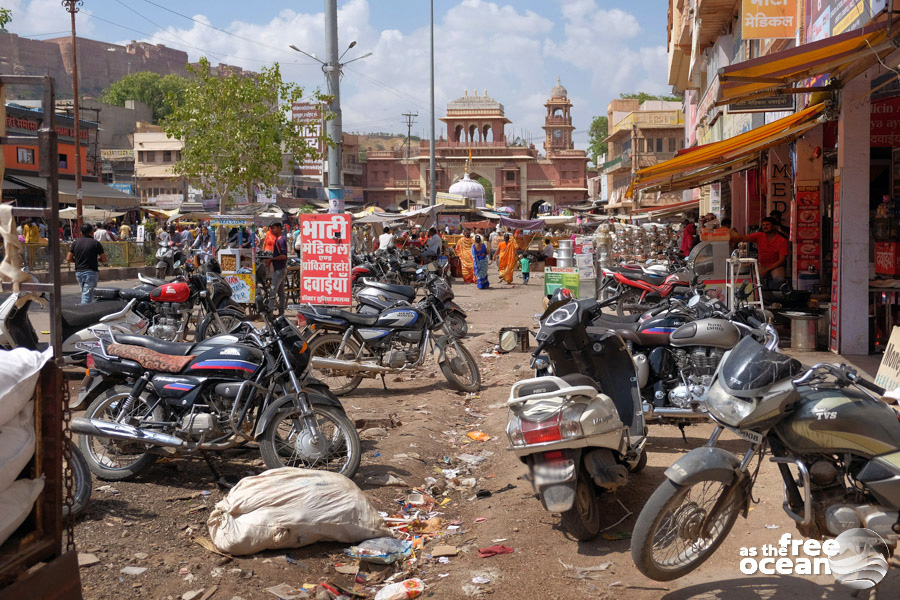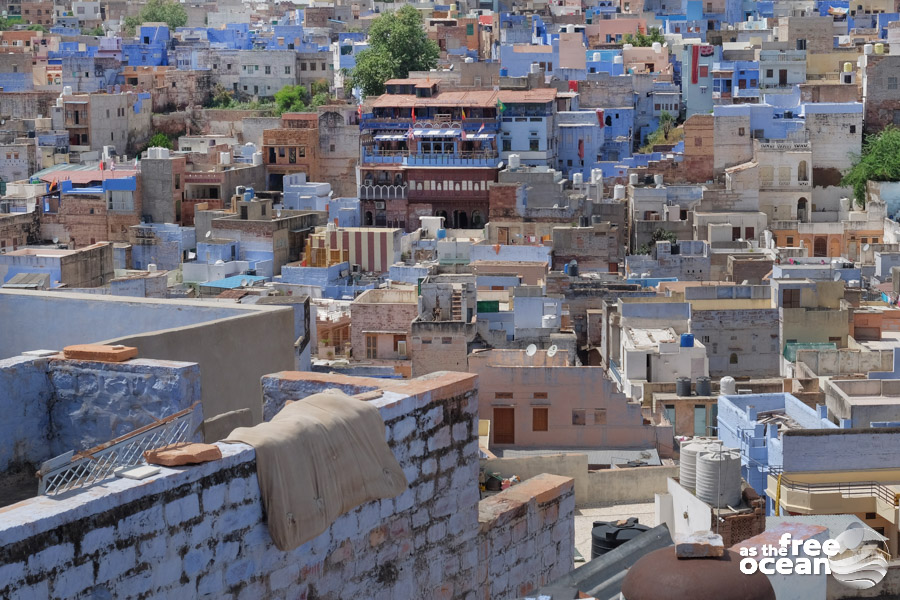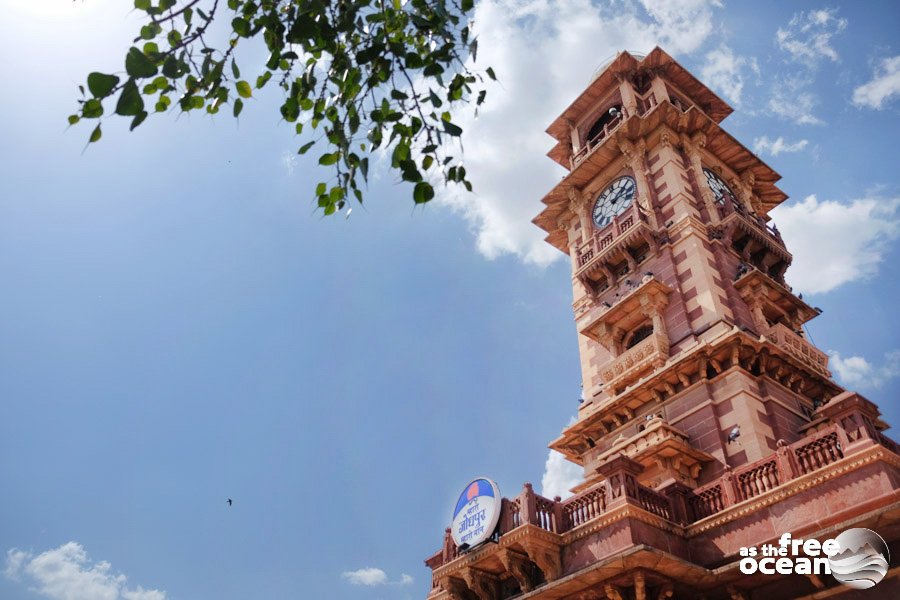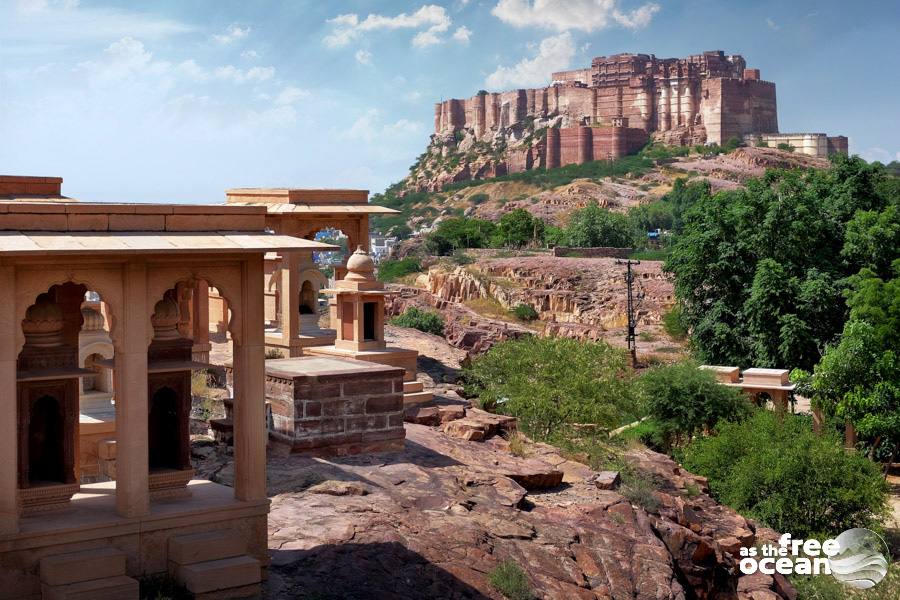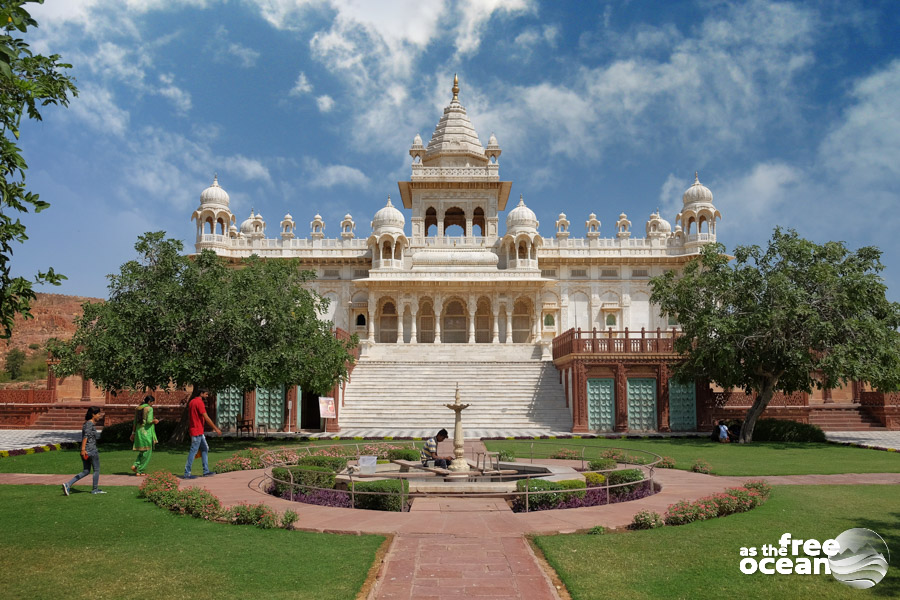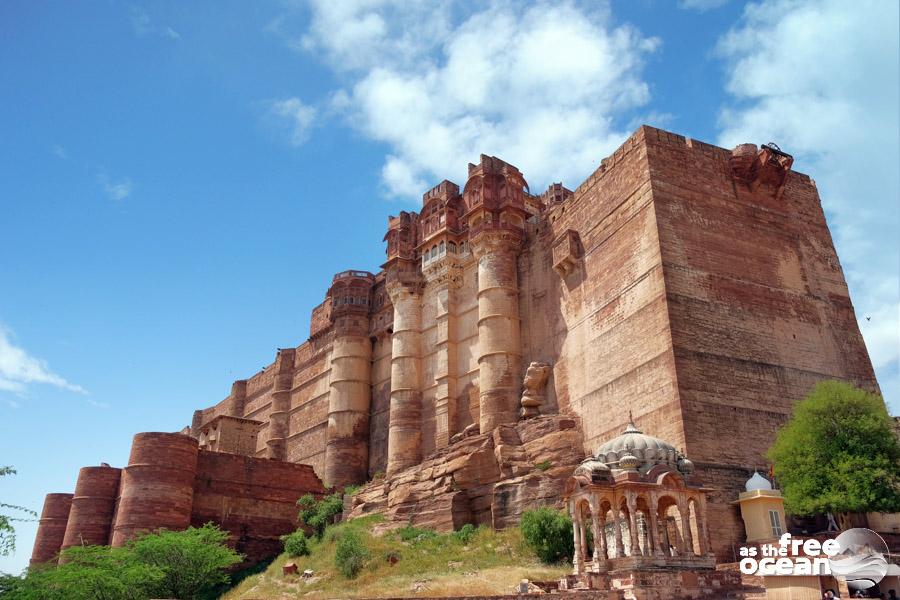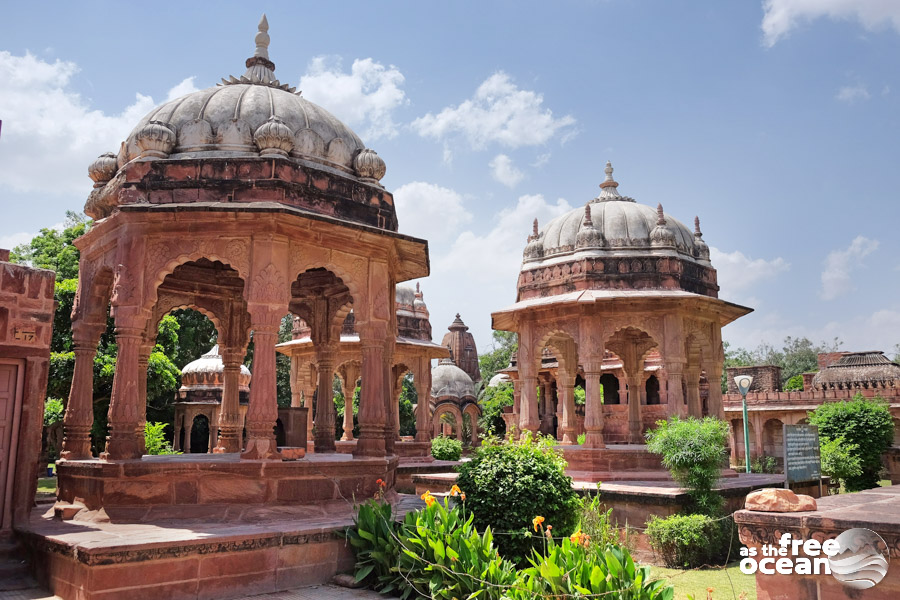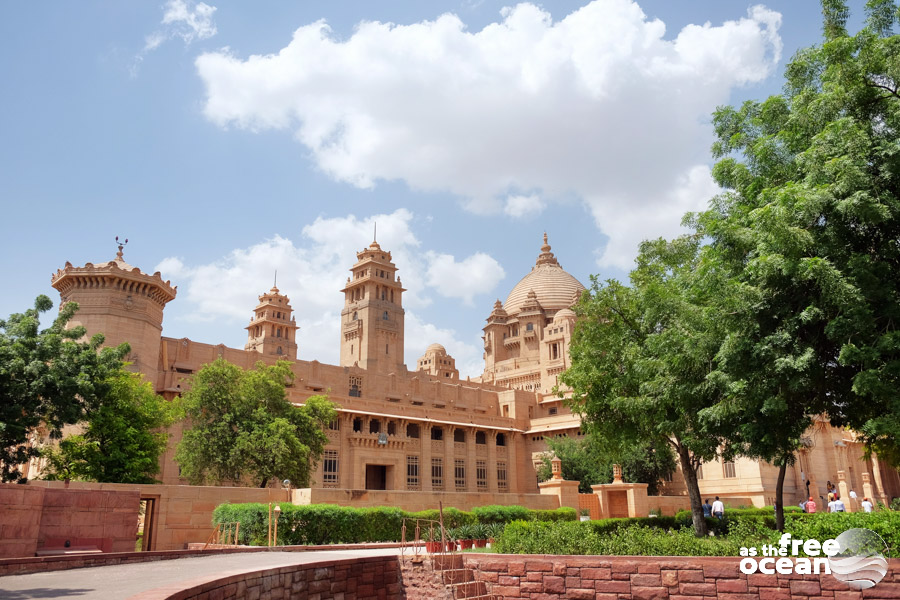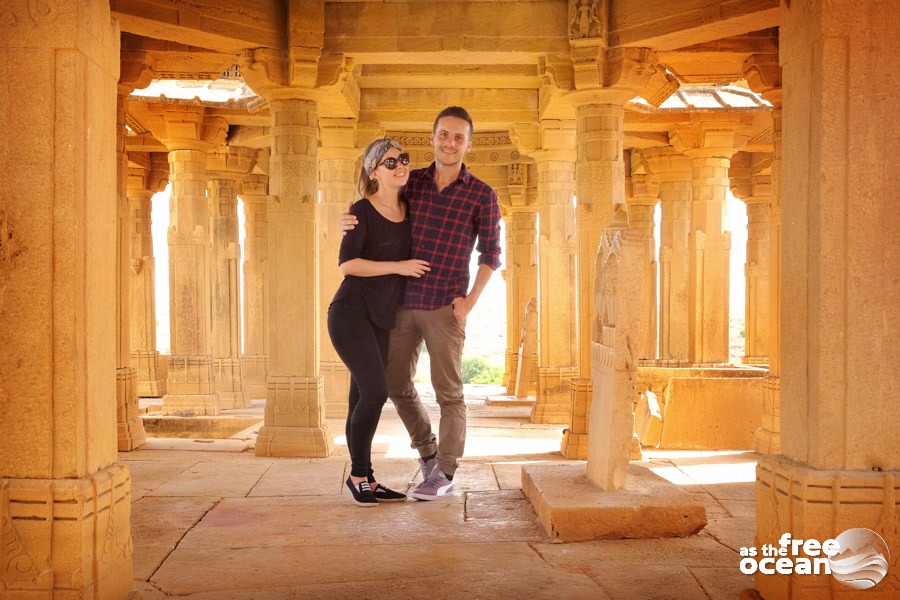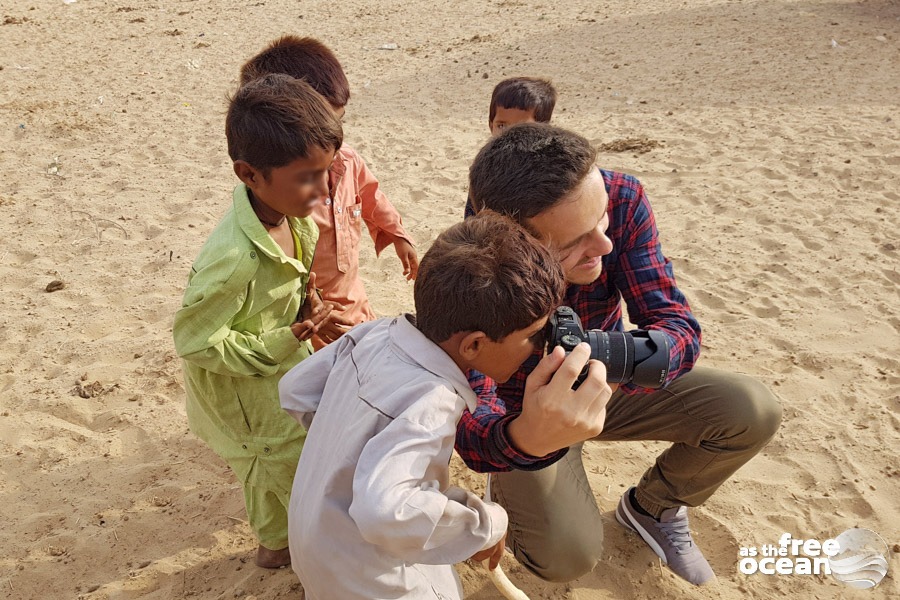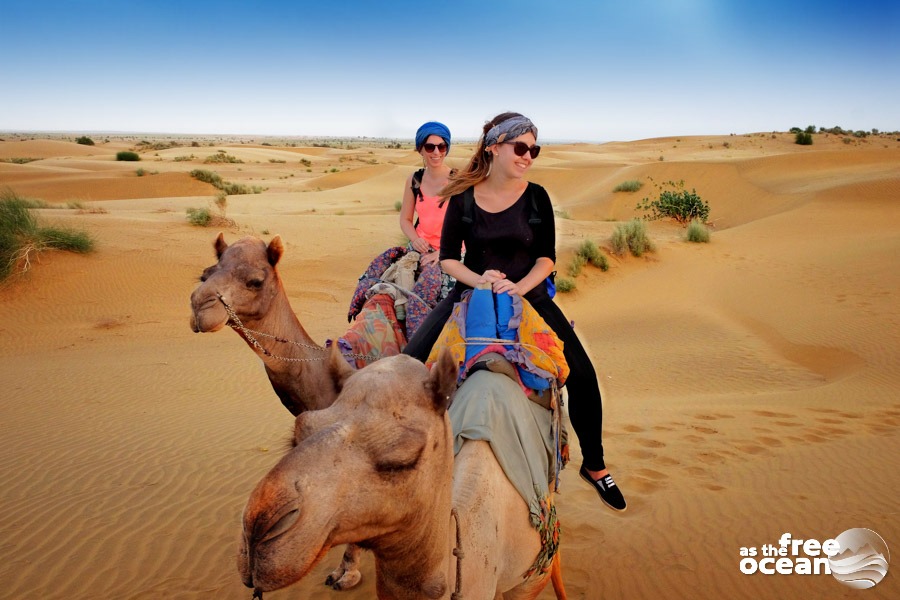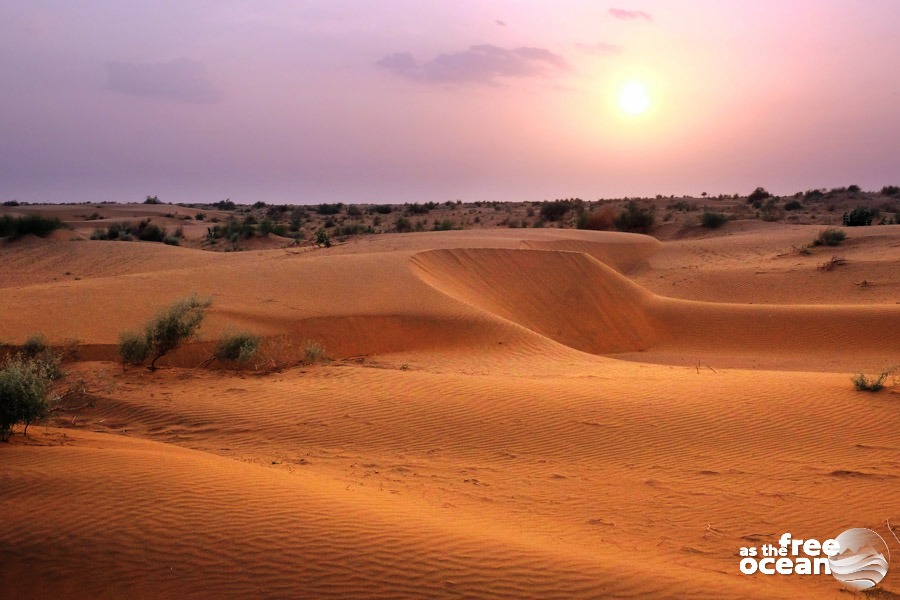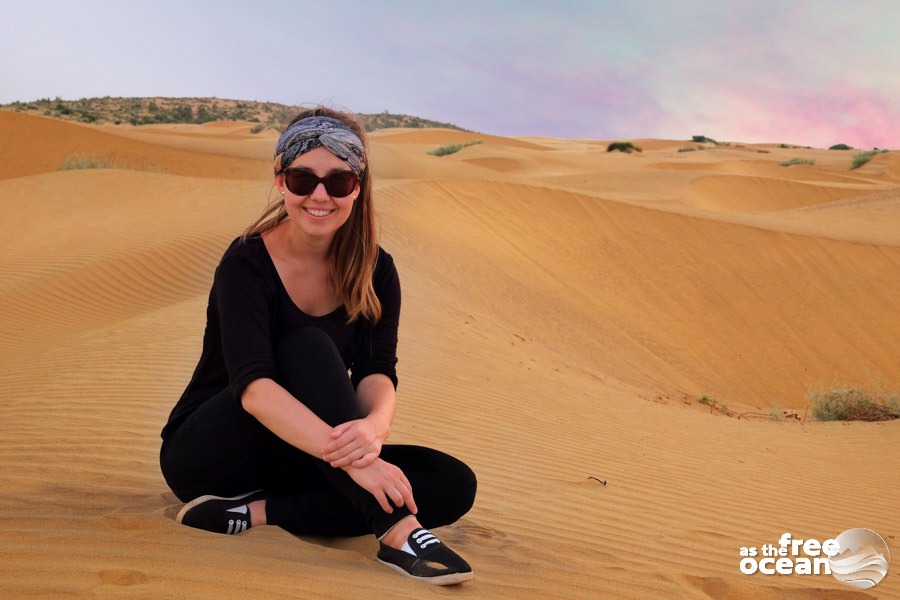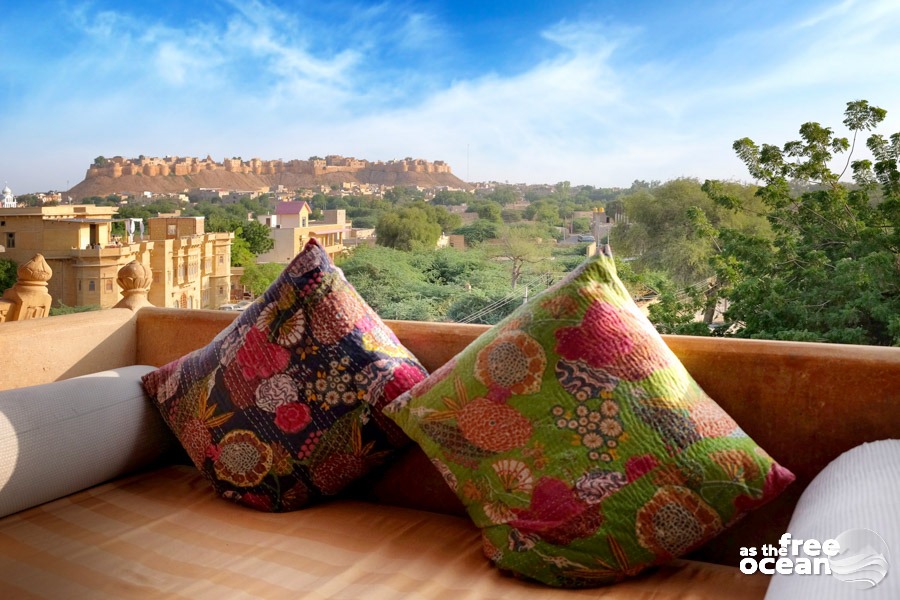After visiting “The Golden City” Jaisalmer and “The Blue City” Jodhpur, we couldn’t have left the Thar Desert without stopping in the “Pink City”, Jaipur, the capital city of Rajasthan and one of India’s largest cities. It is also one of the three destinations forming the famous Golden Triangle touristic circuit, along with Agra and New Delhi.
The name “Pink City” comes from the dominant color of the buildings on the main avenues, which were painted pink in 1876 to welcome H.R.H. Albert Edward, Prince of Wales.
Things to see in Jaipur
While the city is big and has plenty to offer, we enjoyed it less than the previous two destinations in Rajasthan. Unfortunately, the city gets so crowded with tourists that the locals who work in the tourism industry are more busy trying to scam the visitors than offering them a positive authentic experience. They are less friendly and pushier, some of them even slightly aggressive while trying to convince you to accept their service or to buy their products. But these should not be reasons to avoid visiting the city. There is plenty to see and do. Some of the most important landmarks are beautiful examples of the architectural development in the last centuries, including the Hawa Mahal, the Jal Mahal, the City Palace, the impressive Amer Fort, the Jantar Mantar, the Nahargarh Fort and the Jaigarh Fort.
We managed to see everything we wanted to visit in just one day, by taking a tour with a local tuk-tuk driver. If you don’t feel like taking a tour, it is easy (and probably cheaper) to just book individual rides from one destination to another, as most landmarks are located on a straight line from the city center to the Amer Fort. If you book your accommodation online, most probably you will receive, together with your booking confirmation, a complimentary free tuk-tuk ride to your hotel. The offer usually comes from drivers that only collaborate with different hotels and hostels, hoping to be the first ones to offer tours to the travelers arriving in the city.
The Amer Fort in Jaipur
The Amer Fort was our favorite stop during the tour. It is a massive and impressive construction, made of red sandstone and marble, composed of the main palace and the Jaigarh Fort. The structure is enclosed with walls built on the peaks of the surrounding hills.
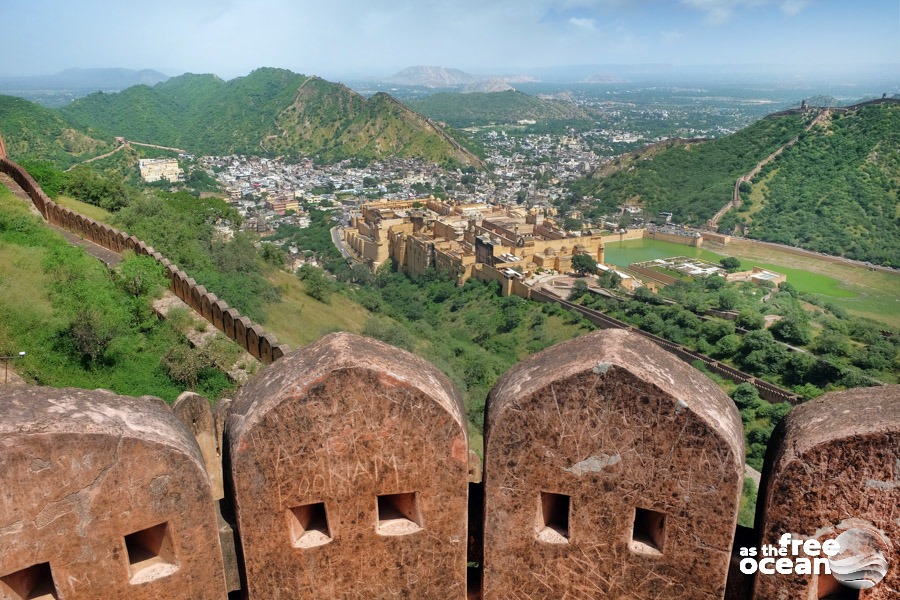
The most beautiful part of it is probably the Amer Palace, which we admired only as we rushed to the top of the Jaigarh Fort, from where we could see the entire valley. The entry ticket was way cheaper than the one for the palace, only 100 Rupees per person.
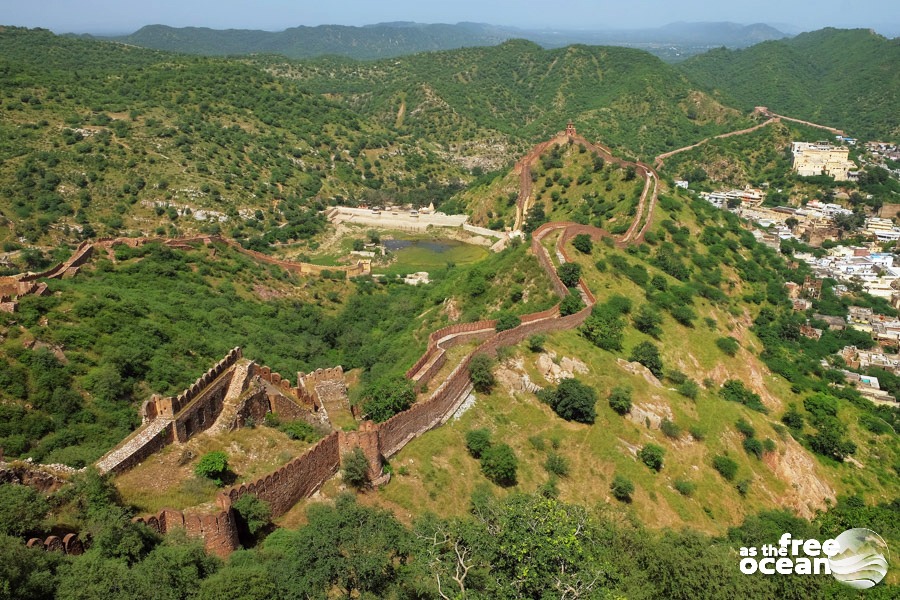
It took us more than two hours to explore the Fort and later in the afternoon we continued our tour towards the Jal Mahal and the Albert Hall Museum, where we had only short stops to take pictures.
Later we arrived at the Monkey Temple, which we don’t necessarily recommend visiting. Apart from the panoramic view from the top, we didn’t find much entertainment in dealing with the terrible smell and seeing badly maintained structures.
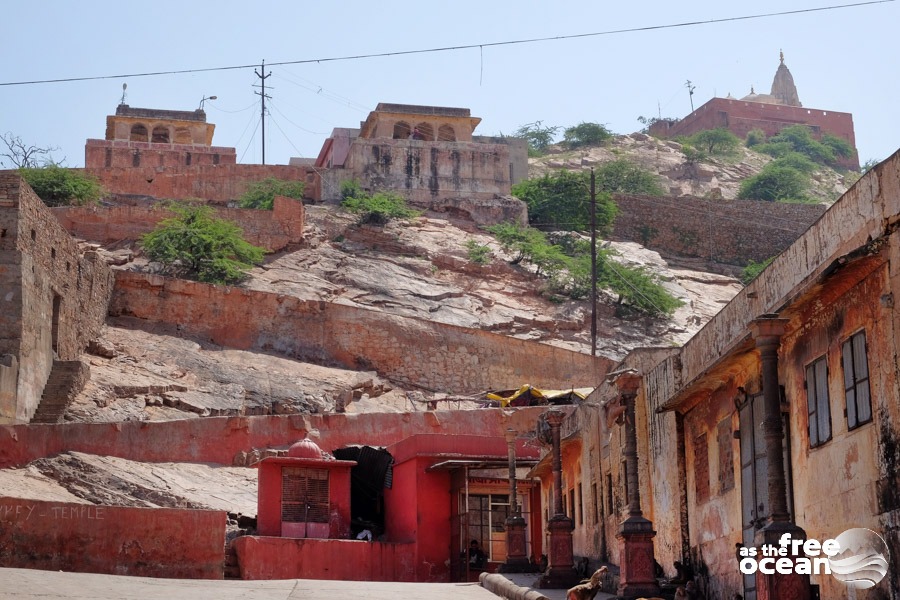
We explored more of the Pink City on our last day while walking on its busy streets, enjoying local coffee and reserving some time to visit the Hawa Mahal.
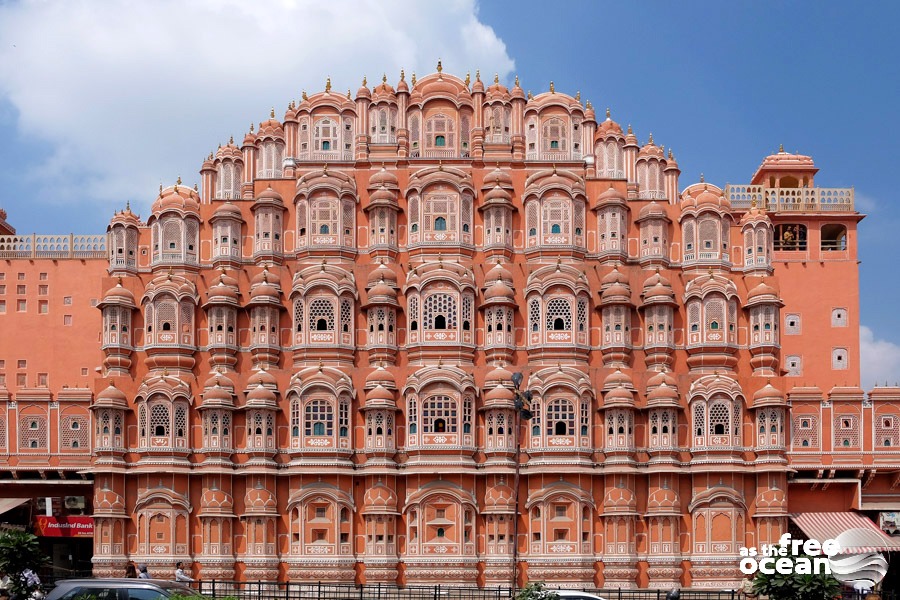
There is much more to see in the city, but as our time in India was getting shorter and shorter, we decided to reserve more days for the last two destinations in the country, Agra and New Delhi.
Check our gallery for more pictures.

